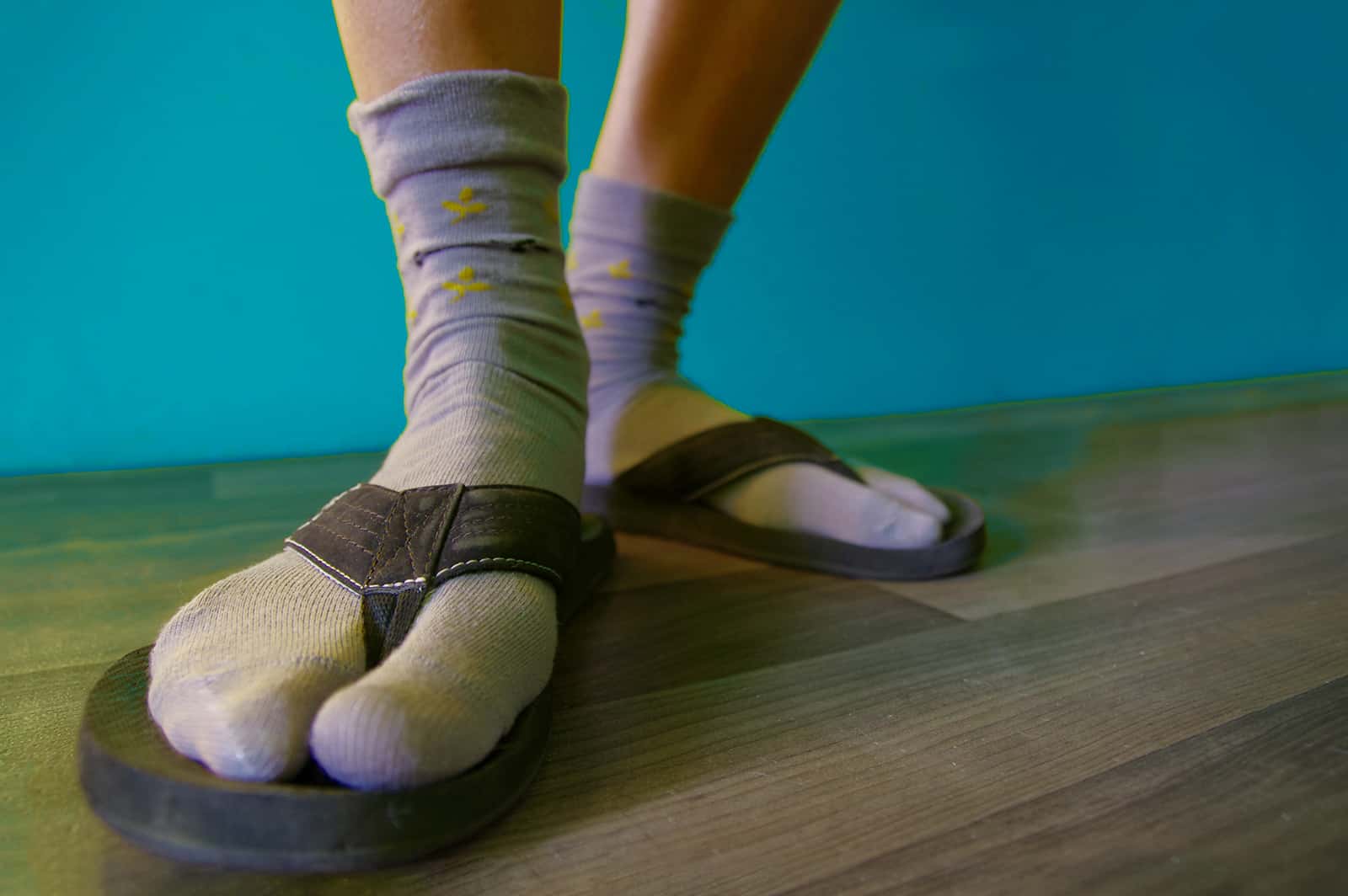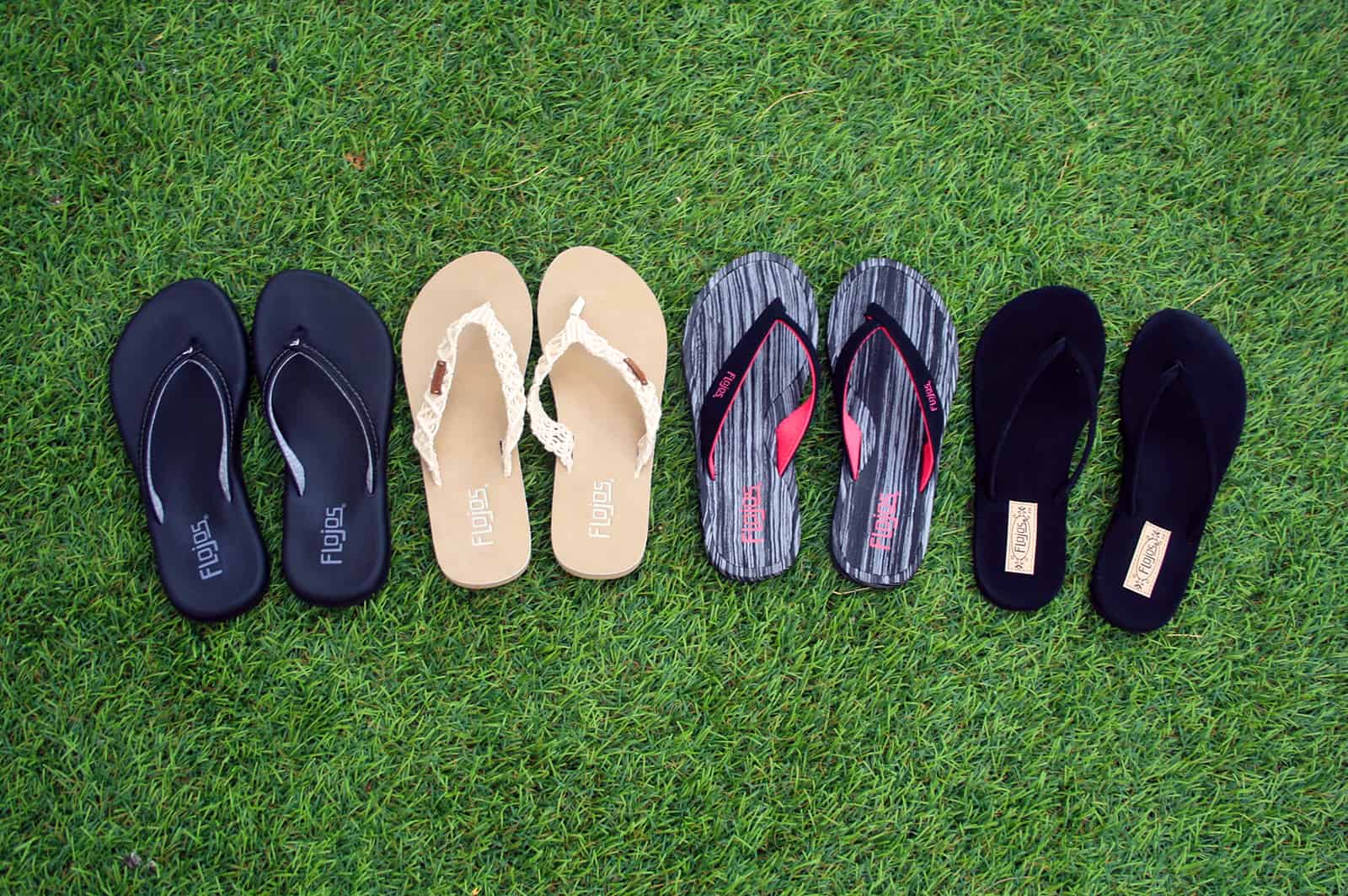Cuando se trata de buen tiempo y días divertidos al aire libre, no hay mejor calzado que las chanclas. Fáciles de poner y quitar e increíblemente cómodas, estas sandalias son un pilar de la cultura veraniega y ayudan a millones de personas a relajarse bajo el sol.
Y aunque esta tendencia en el calzado pueda parecer reciente, las chanclas han formado parte de nuestra cultura durante miles de años. Desde los antiguos egipcios hasta los soldados de la Segunda Guerra Mundial, las chanclas han tenido un impacto enorme en la historia de la moda y el calzado.
En este artículo, repasaremos la historia de las chanclas, rastreando su uso en civilizaciones antiguas hasta el mundo moderno.
Chanclas en el mundo antiguo
Las chanclas son un calzado interesante, ya que casi todas las culturas del planeta han creado algún tipo de chancla. Culturas antiguas de todo el mundo las usaban como calzado cómodo y fiable, incluyendo culturas de América, Europa, África y Asia.
Chanclas del antiguo Egipto
El uso más antiguo registrado de chanclas data de alrededor del 4000 a. C. en el Antiguo Egipto. Muchas de sus esculturas y dibujos antiguos muestran personajes con chanclas, incluyendo tanto a la realeza como a la gente común. Las chanclas que usaban los egipcios estaban hechas principalmente de papiro y otras fibras vegetales. El clima caluroso y húmedo cerca del río Nilo hacía de las chanclas una excelente opción para mantener los pies frescos y secos.
Chanclas en las Américas
Las antiguas tribus sudamericanas también usaban una versión de la chancla. Estas chanclas estaban hechas de fibra vegetal tejida. Sujetaban el pie a la suela mediante una tira en forma de V, que se usaba entre el primer y el segundo dedo.
Aunque estas chanclas tenían diseños diferentes, permitían correr y caminar con comodidad y seguridad. Los miembros de la tribu rarámuri de Sudamérica son famosos por su capacidad para correr largas distancias, y lo hacían con chanclas. Eran tan cómodas que podían correr más de
320 kilómetros en una sola sesión.
Chanclas africanas
Muchas de las antiguas tribus del desierto africano también recurrieron a las chanclas para proteger sus pies. Con la arena abrasadora y las rocas afiladas del desierto, necesitaban algo más duradero y fiable para sus chanclas. Debido a su limitado acceso a materiales vegetales más duros, utilizaban cuero crudo y productos animales para fabricarlas. Al usar la piel de sus presas, estas personas pudieron fabricar chanclas más duraderas que proporcionaban amortiguación y resistencia a los elementos.
Chanclas de la antigua Grecia y Roma
Incluso los antiguos griegos y romanos usaban algún tipo de chanclas. Gracias al fácil acceso a productos animales y a la capacidad de crear pieles finas, griegos y romanos pudieron producir chanclas duraderas y cómodas. Estas chanclas se usaban tanto como calzado diario como para batallas y atletismo.
Mientras que los griegos usaban la tira de sus chanclas entre el primer y el segundo dedo del pie, los romanos las usaban entre el segundo y el tercer dedo. Ambas civilizaciones crearon una versión de la chancla que también se ataba a la pierna, brindando mayor estabilidad y soporte.
Chanclas asiáticas antiguas
Las culturas asiáticas son algunas de las más influyentes en la difusión de las chanclas. En la India, tanto los ciudadanos como la realeza usaban chanclas, siendo la
Paduka uno de los estilos más populares. Este estilo utilizaba una pequeña pinza entre los dedos en lugar de una correa para sujetar el pie a la suela.
En Asia, la mayoría de las culturas fabricaban chanclas de paja de arroz o tela. Tanto los chinos como los japoneses fabricaban chanclas, cada uno con sus propias características y diseños. Las zori japonesas son unas de las chanclas más icónicas, reconocidas mundialmente por su popularidad y prevalencia en la cultura pop.
Chanclas en la cultura moderna
Si bien las chanclas han formado parte de la mayoría de las culturas desde hace mucho tiempo, su auge meteórico en la cultura global fue reciente. Aunque llegaron al escenario mundial tras un terrible suceso, se han convertido en un elemento clave de muchas culturas desde entonces.
Calzado de tierras lejanas
Las chanclas en la cultura moderna surgieron a raíz de la Segunda Guerra Mundial. Los soldados que lucharon en el Pacífico pudieron conseguir pares de las Zori japonesas y traerlas a casa.
Cuando personas de todo el mundo conocieron este cómodo calzado, se enamoraron de inmediato. Estas chanclas se popularizaron en diferentes países, pero se hicieron especialmente populares en lugares como Estados Unidos y Brasil.
Las chanclas cómodas y prácticas se convirtieron rápidamente en las
favoritas de los surfistas de California, y en Brasil se empezaron a producir chanclas de goma. Así nacieron marcas famosas como Havianas y Rainbows.
Las chanclas en el mundo actual
A medida que las chanclas se han vuelto más populares y extendidas, se han inventado diferentes diseños y estilos. Mientras que muchos vendedores producen chanclas económicas de goma o plástico, otros usan cuero para fabricarlas.
Esto las hace más duraderas y fiables, además de darles un toque de estilo. Si bien las chanclas se consideran ropa informal, también las hay para ocasiones más formales.
La chancla: un estilo antiguo en un mundo moderno
Como puedes ver, las chanclas han jugado un papel fundamental en muchas culturas del mundo. Ya sea para pasar el día en la playa o para una cena elegante, las chanclas son una excelente opción para cualquier ocasión veraniega.
Si quieres saber más sobre las chanclas y cómo se usan, visita
nuestro blog .




Dejar un comentario
Este sitio está protegido por hCaptcha y se aplican la Política de privacidad de hCaptcha y los Términos del servicio.